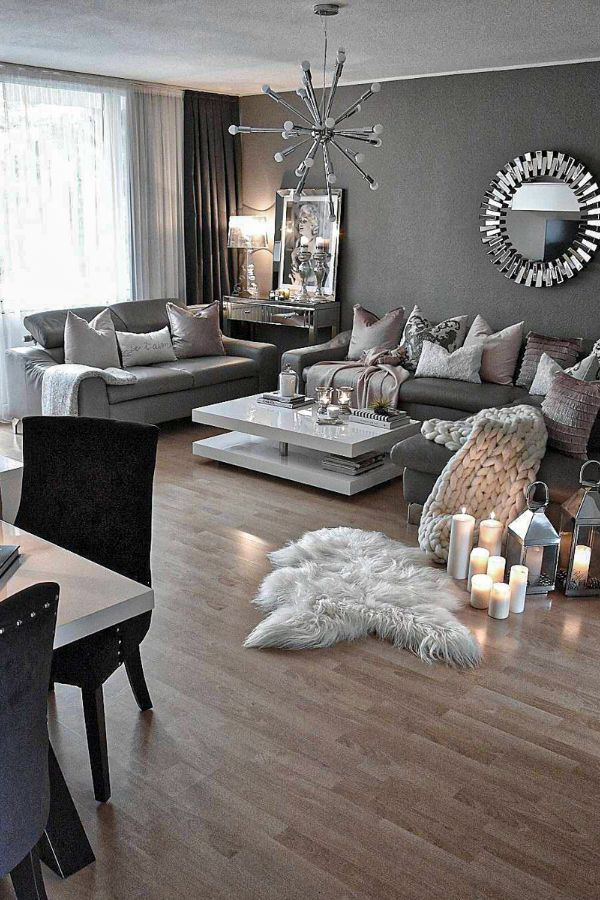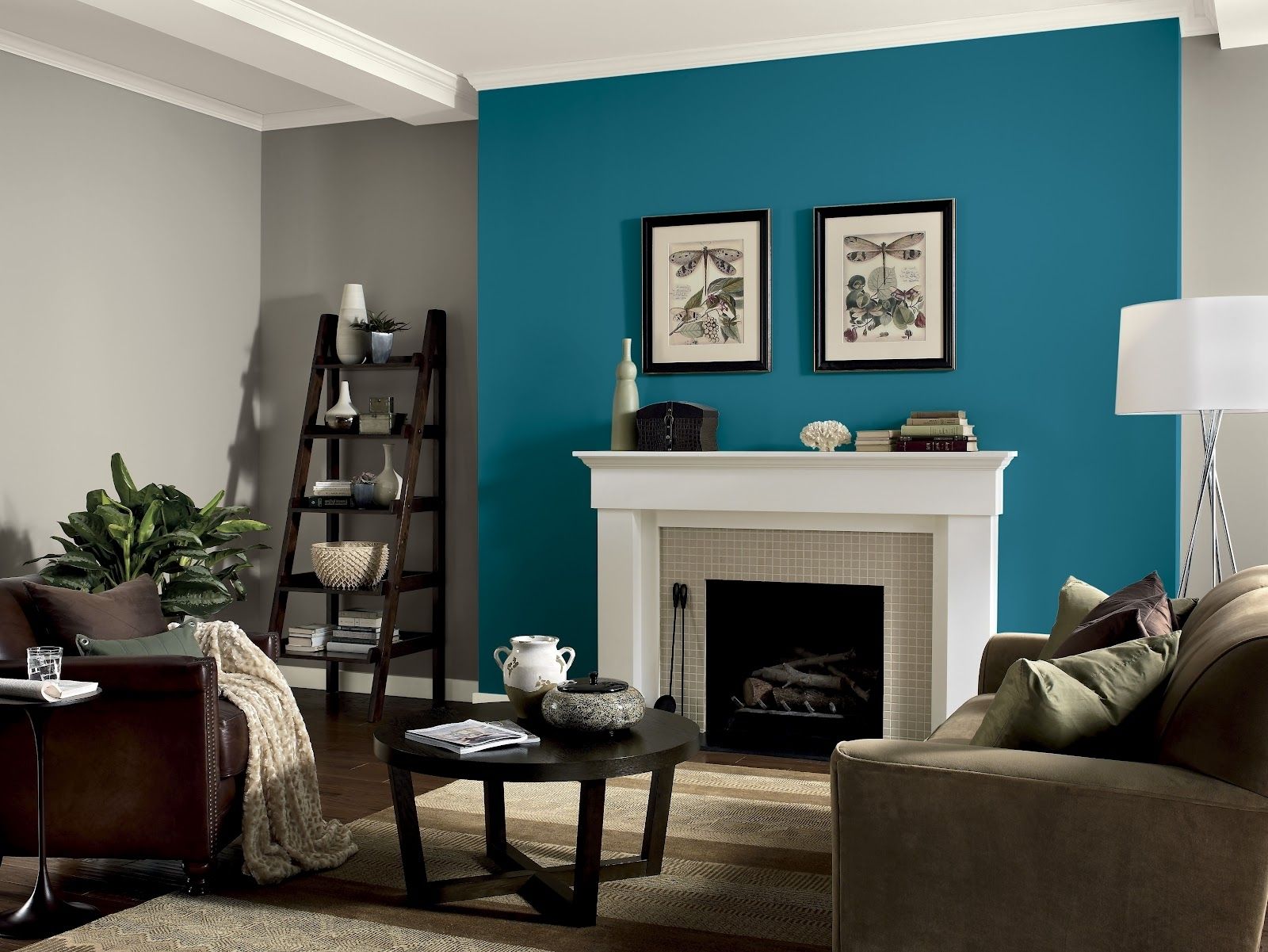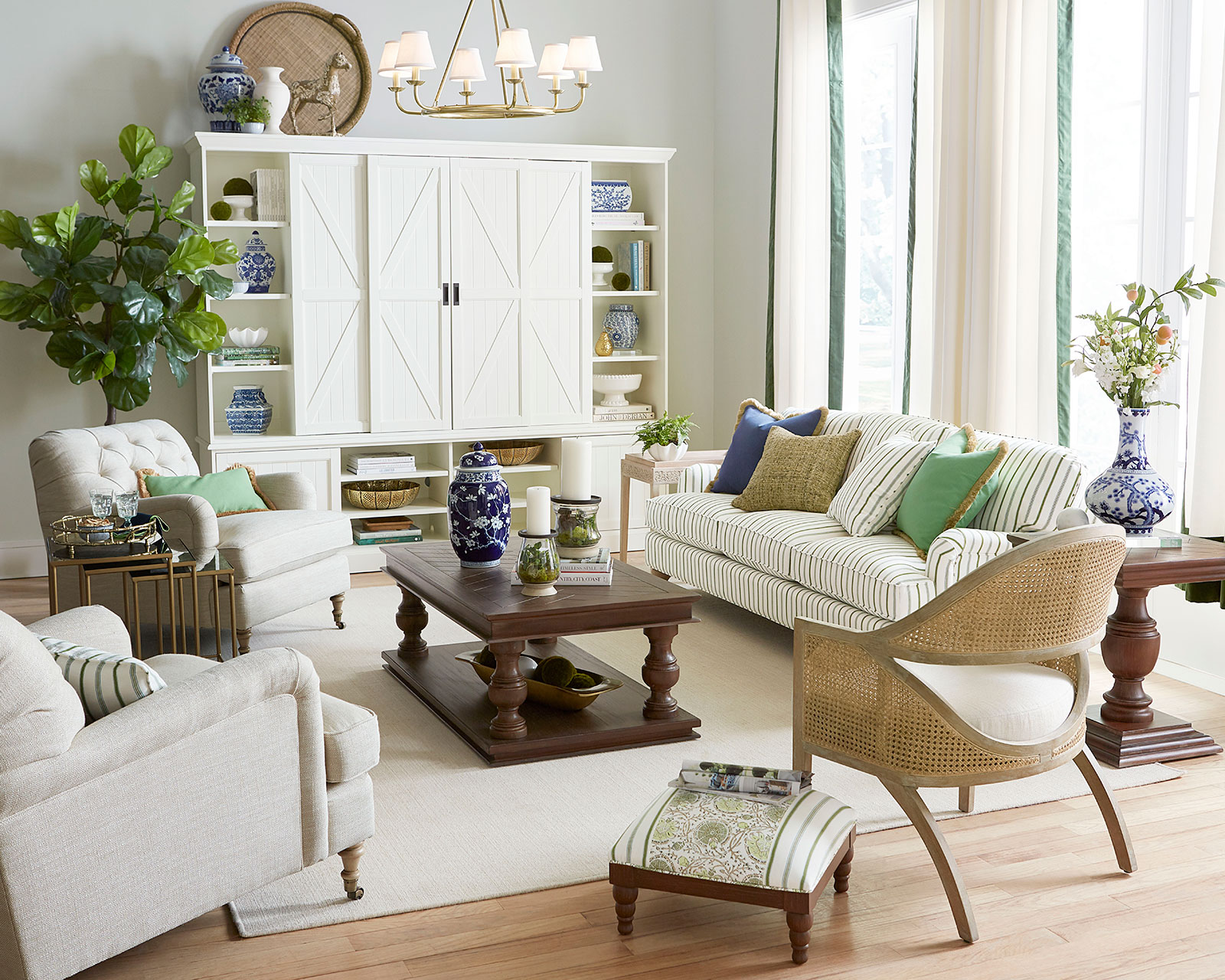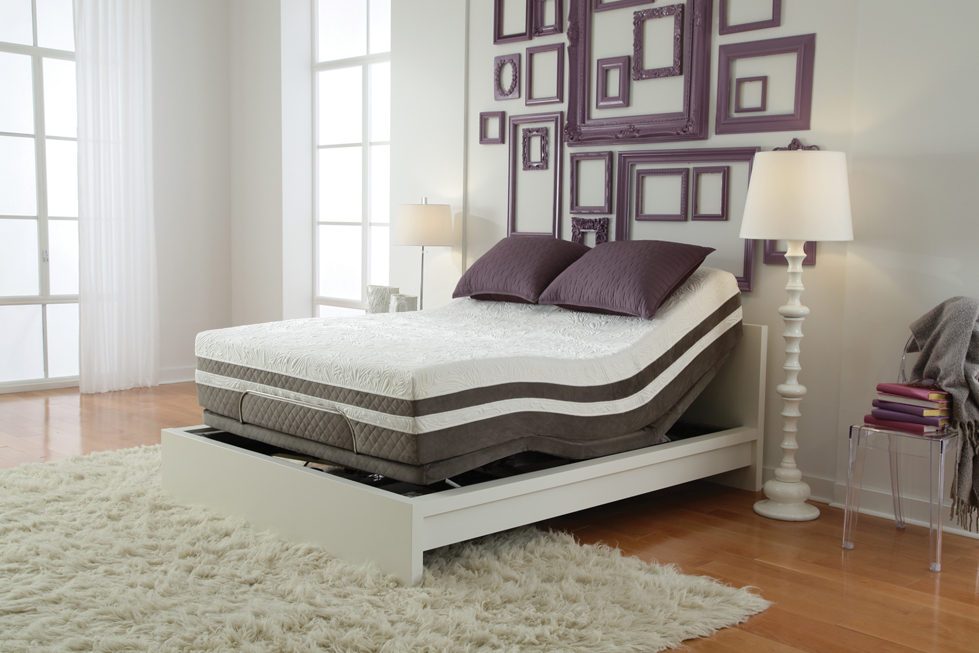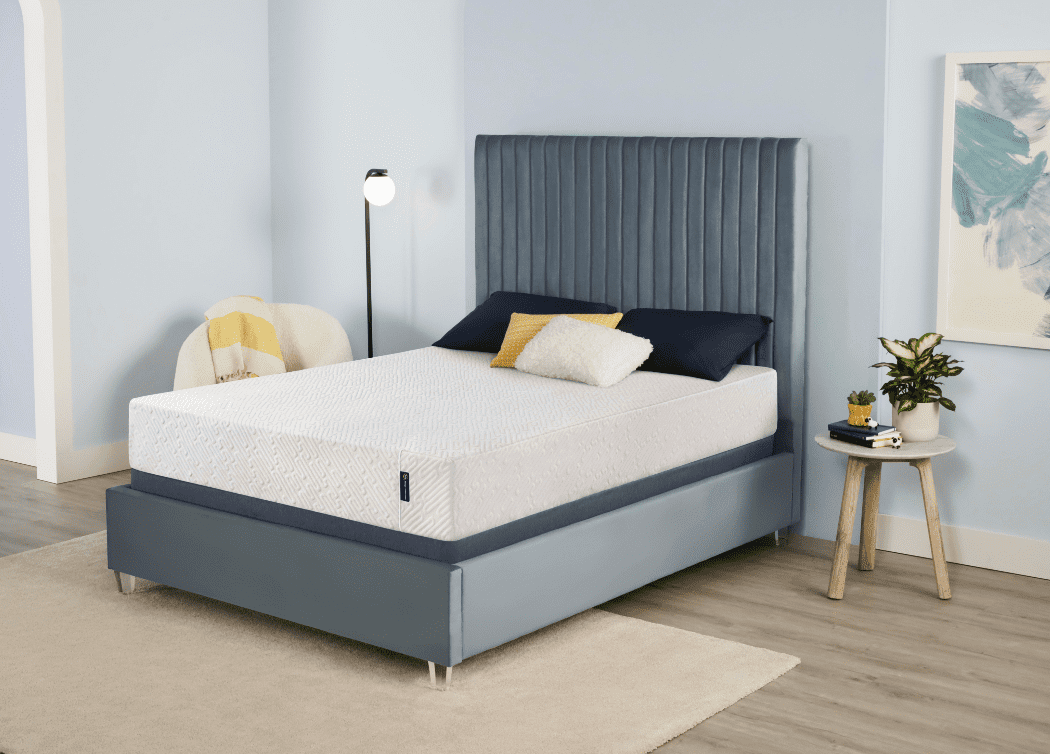Mixing and matching colors is a great way to add personality and style to your living room. But with so many color options, it can be overwhelming to know where to start. The key is to create a cohesive and harmonious color palette that will make your living room look beautiful and inviting. In this article, we'll share some tips on how to mix and match living room colors to create a stunning space.1. How to Mix and Match Living Room Colors for a Beautiful Space
Choosing the right color scheme for your living room is crucial in creating a comfortable and welcoming atmosphere. Neutral colors like white, beige, and gray are popular choices as they can make a space feel spacious and serene. For a warm and cozy vibe, consider using earthy tones like brown, terracotta, and olive green. If you want to add a pop of color, jewel tones like emerald, sapphire, and amethyst can create a luxurious and inviting feel.2. The Best Living Room Color Schemes for a Cozy and Inviting Space
When choosing a color palette for your living room, it's important to consider the lighting in the room. Natural light can affect how colors appear, so it's best to test out paint swatches in the room before making a decision. Another tip is to consider the size of your living room. Dark colors can make a small room feel even smaller, so opt for lighter shades if you have a small space. Lastly, think about the mood you want to create in your living room. Soft and cool colors can create a calming atmosphere, while bright and bold colors can energize the space.3. Tips for Choosing the Perfect Living Room Color Palette
There are so many ways to incorporate color into your living room design. If you're not ready to commit to painting your walls, consider using colorful accents like throw pillows, rugs, and curtains. You can also create a statement wall with bold wallpaper or a gallery wall with colorful artwork. Another creative way to add color is by using patterned furniture or colorful statement pieces like a bright armchair or a colorful coffee table.4. Creative Ways to Incorporate Color into Your Living Room Design
When mixing living room colors, it's important to follow some dos and don'ts to ensure a cohesive and visually appealing result. Do consider the color wheel and use complementary colors (colors opposite each other on the wheel) or analogous colors (colors next to each other) for a harmonious look. Don't use too many colors as it can create a chaotic and overwhelming space. Do experiment with different shades and tones of the same color for a cohesive and layered look. Don't be afraid to mix patterns and textures, but make sure they complement each other.5. The Dos and Don'ts of Mixing Living Room Colors
Colors can have a powerful impact on our mood and emotions, so it's important to consider color psychology when choosing colors for your living room. Blue is known to have a calming effect, making it a great choice for living rooms where you want to relax. Green is associated with nature and can create a sense of balance and harmony. Yellow is a cheerful and energizing color, perfect for living rooms where you want to feel uplifted. Red is a bold and passionate color that can add warmth and drama to a living room. Consider the mood you want to create and choose your colors accordingly.6. Color Psychology: Choosing the Right Colors for Your Living Room
The color wheel is a useful tool when it comes to creating a harmonious and balanced color scheme for your living room. Start by choosing a dominant color or a base color and then use the color wheel to find complementary or analogous colors. You can also use the color wheel to find triadic colors (three colors that are evenly spaced on the wheel) or tetradic colors (four colors that are evenly spaced on the wheel). These combinations can create a visually appealing and balanced color scheme for your living room.7. How to Use a Color Wheel to Create a Harmonious Living Room Color Scheme
For those who aren't afraid to make a statement, mixing bright colors in your living room can create a bold and beautiful space. One way to do this is by choosing a bright and bold accent color and using it in different elements of the room, such as a colorful rug, throw pillows, and artwork. Another way is by using color blocking, where you use contrasting colors in different sections of the room. This technique can add depth and visual interest to your living room.8. Bold and Beautiful: Mixing Bright Colors in Your Living Room
When it comes to choosing between neutral and bold colors for your living room, it's all about finding the right balance. Using too many neutral colors can create a bland and uninteresting space, while using too many bold colors can be overwhelming. A good rule of thumb is to use 60% neutral colors and 40% bold colors in your living room. This will create a balanced and visually appealing space without being too overwhelming.9. Neutral vs. Bold: Finding the Right Balance for Your Living Room Color Palette
Accent colors are a great way to add a pop of color to your living room without going overboard. These colors can be used in small doses through accessories like throw pillows, curtains, and artwork. They can also be used in statement pieces like a colorful area rug or a bold accent chair. When using accent colors, it's important to choose colors that complement your overall color scheme. This will help tie the room together and make the accent color stand out in a stylish way. In conclusion, mixing and matching living room colors is all about finding the right balance and creating a cohesive and harmonious color palette. Use the tips and ideas in this article to create a beautiful and inviting living room that reflects your personal style and makes you feel at home.10. The Power of Accent Colors: Adding a Pop of Color to Your Living Room
The Importance of Choosing the Right Colors for Your Living Room

Creating the Perfect Ambiance
 When it comes to designing your living room, one of the most important aspects to consider is the color scheme. The colors you choose can greatly impact the overall ambiance and atmosphere of the room.
Neutral colors
such as white, beige, and gray can create a calm and soothing environment, while
bright colors
like yellow, orange, and red can add energy and vibrancy. It's important to carefully consider the mood you want to create in your living room and choose colors that reflect that.
When it comes to designing your living room, one of the most important aspects to consider is the color scheme. The colors you choose can greatly impact the overall ambiance and atmosphere of the room.
Neutral colors
such as white, beige, and gray can create a calm and soothing environment, while
bright colors
like yellow, orange, and red can add energy and vibrancy. It's important to carefully consider the mood you want to create in your living room and choose colors that reflect that.
Bringing in Personality
 The colors you choose for your living room can also reflect your personal style and taste.
Warm colors
such as red, orange, and yellow can add a cozy and welcoming feel, while
cool colors
like blue and green can create a more serene and tranquil atmosphere.
Complementary colors
, which are opposite on the color wheel, can add a bold and eye-catching look, while
analogous colors
, which are next to each other on the color wheel, can create a harmonious and cohesive feel. When choosing colors for your living room, consider your personal preferences and what will make you feel most at home.
The colors you choose for your living room can also reflect your personal style and taste.
Warm colors
such as red, orange, and yellow can add a cozy and welcoming feel, while
cool colors
like blue and green can create a more serene and tranquil atmosphere.
Complementary colors
, which are opposite on the color wheel, can add a bold and eye-catching look, while
analogous colors
, which are next to each other on the color wheel, can create a harmonious and cohesive feel. When choosing colors for your living room, consider your personal preferences and what will make you feel most at home.
Enhancing the Space
 The right color scheme can also enhance the look and feel of your living room.
Light colors
can make a small room feel larger and more spacious, while
dark colors
can add drama and depth to a larger room.
Monochromatic colors
, which are different shades of the same color, can create a sophisticated and modern look, while
bold accent colors
can add a pop of personality and interest. Consider the size and layout of your living room when choosing colors, and use them strategically to make the most of the space.
The right color scheme can also enhance the look and feel of your living room.
Light colors
can make a small room feel larger and more spacious, while
dark colors
can add drama and depth to a larger room.
Monochromatic colors
, which are different shades of the same color, can create a sophisticated and modern look, while
bold accent colors
can add a pop of personality and interest. Consider the size and layout of your living room when choosing colors, and use them strategically to make the most of the space.
The Role of Lighting
 It's important to keep in mind that lighting can greatly affect the way colors appear in a room.
Natural light
can bring out the true tones of colors, while
artificial lighting
can alter them. It's a good idea to test out colors in different lighting conditions before making a final decision. Additionally, the type of lighting you use can also impact the ambiance of your living room. Soft, warm lighting can create a cozy and inviting feel, while bright, cool lighting can add a more energetic and lively vibe.
In conclusion,
choosing the right colors
is a crucial step in creating the perfect living room. They can set the mood, reflect your personal style, enhance the space, and even be affected by lighting. When done correctly, the color scheme of your living room can truly bring the space to life and make it a welcoming and comfortable place for you and your guests to enjoy. So don't be afraid to get creative and have fun with mixing living room colors!
It's important to keep in mind that lighting can greatly affect the way colors appear in a room.
Natural light
can bring out the true tones of colors, while
artificial lighting
can alter them. It's a good idea to test out colors in different lighting conditions before making a final decision. Additionally, the type of lighting you use can also impact the ambiance of your living room. Soft, warm lighting can create a cozy and inviting feel, while bright, cool lighting can add a more energetic and lively vibe.
In conclusion,
choosing the right colors
is a crucial step in creating the perfect living room. They can set the mood, reflect your personal style, enhance the space, and even be affected by lighting. When done correctly, the color scheme of your living room can truly bring the space to life and make it a welcoming and comfortable place for you and your guests to enjoy. So don't be afraid to get creative and have fun with mixing living room colors!






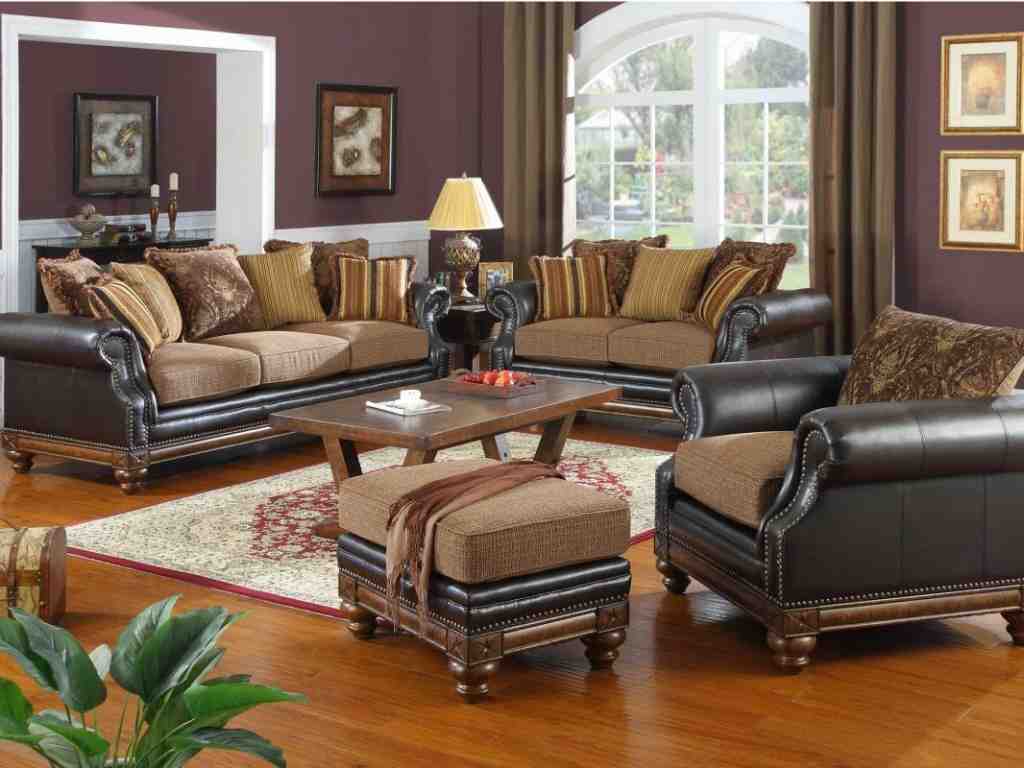



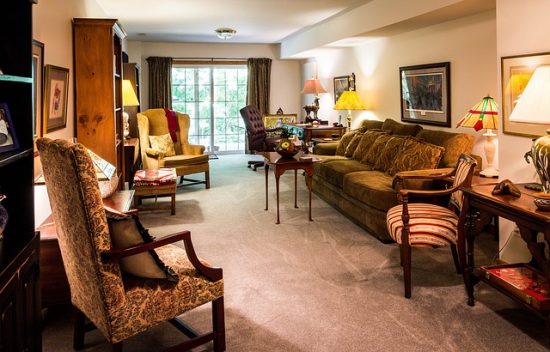


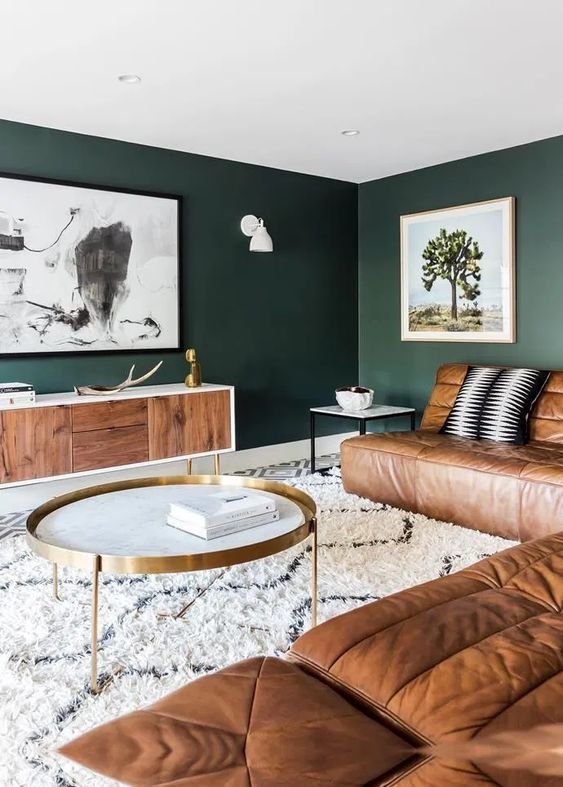
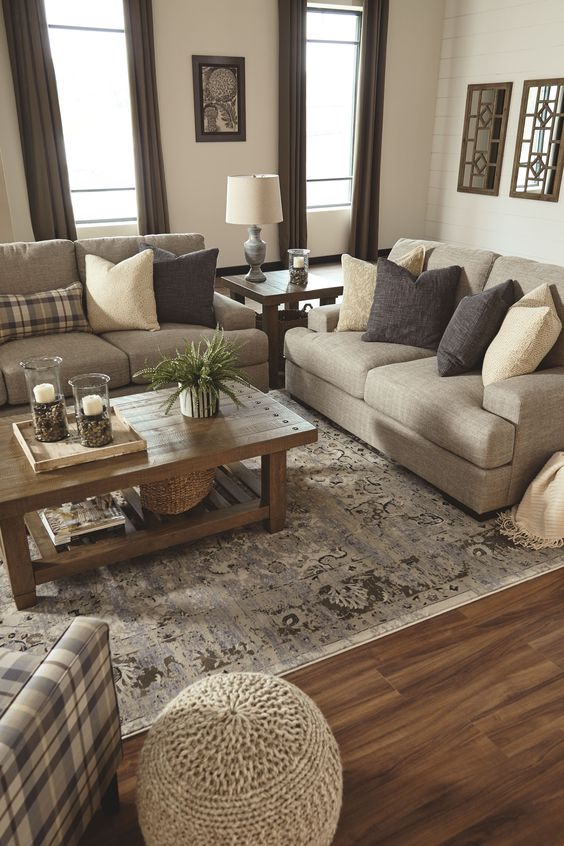
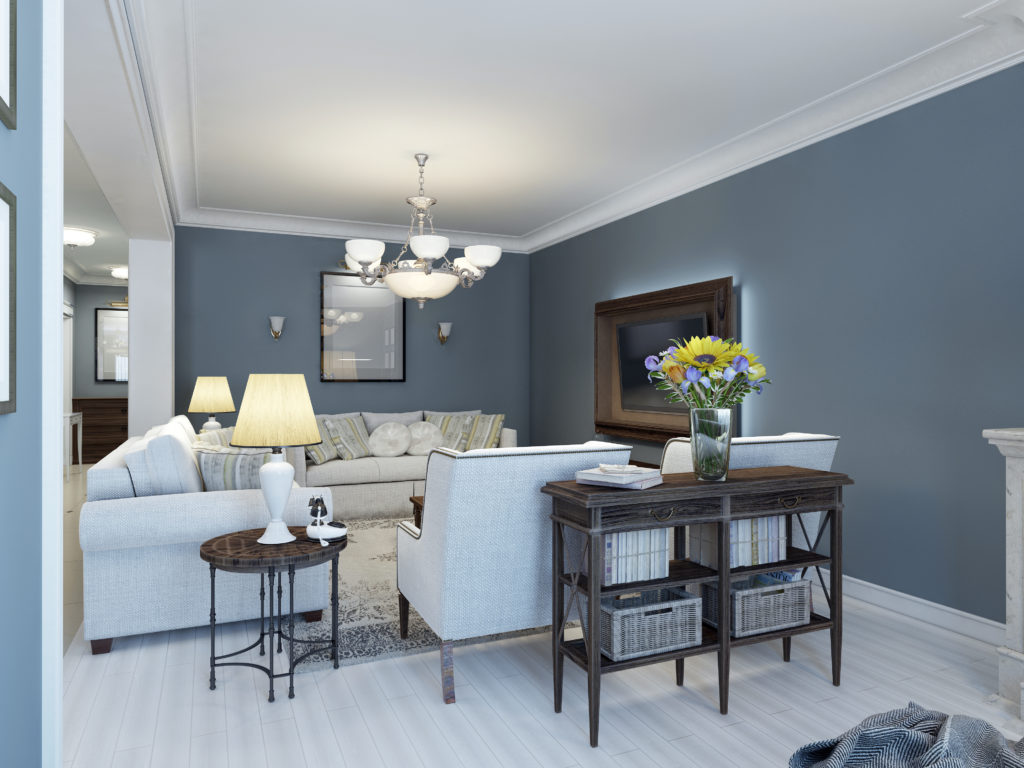
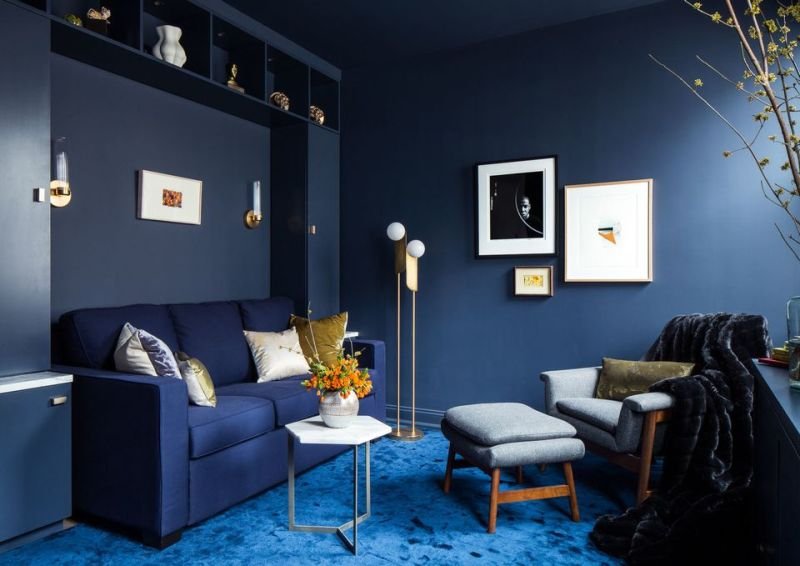


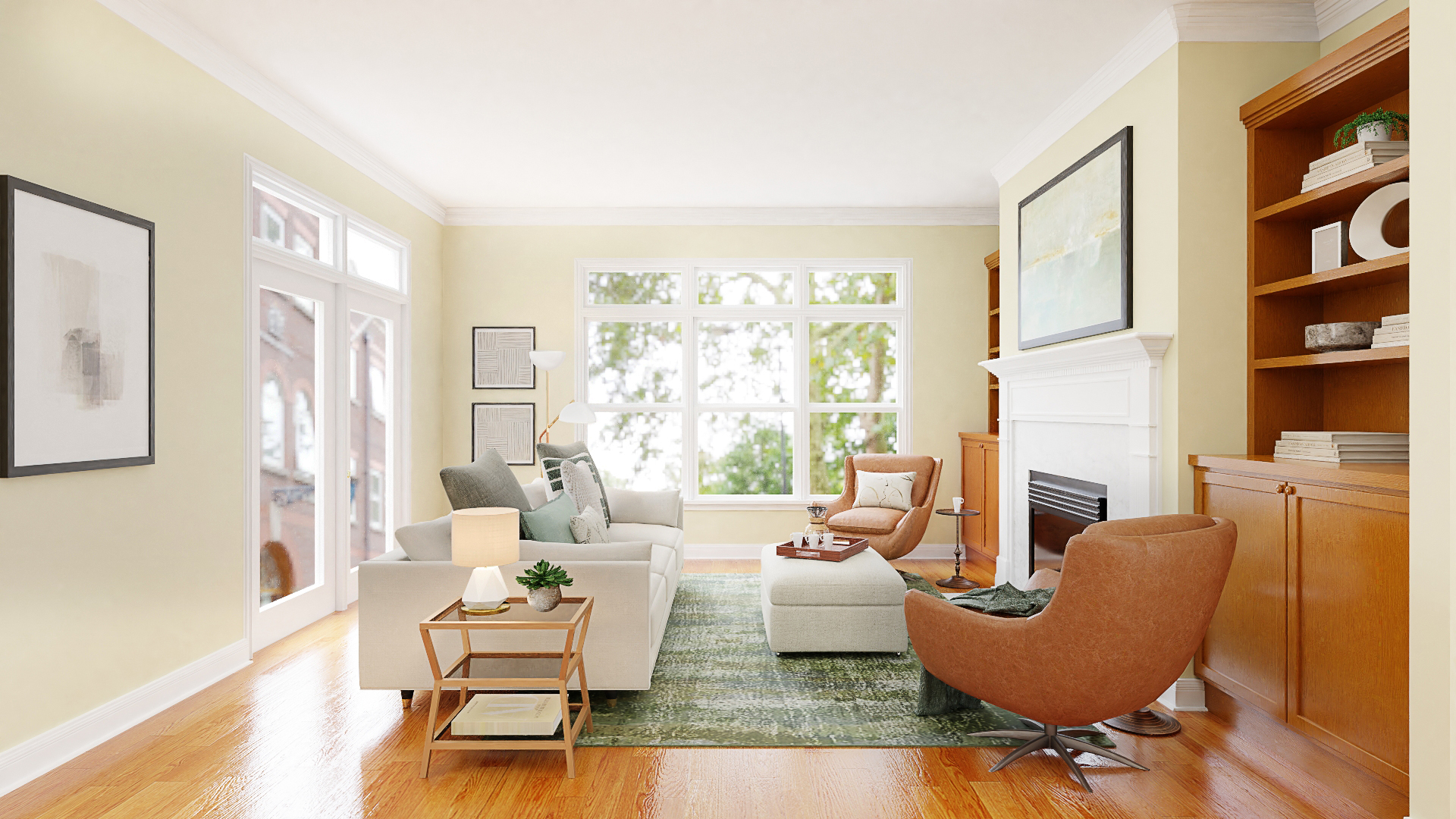

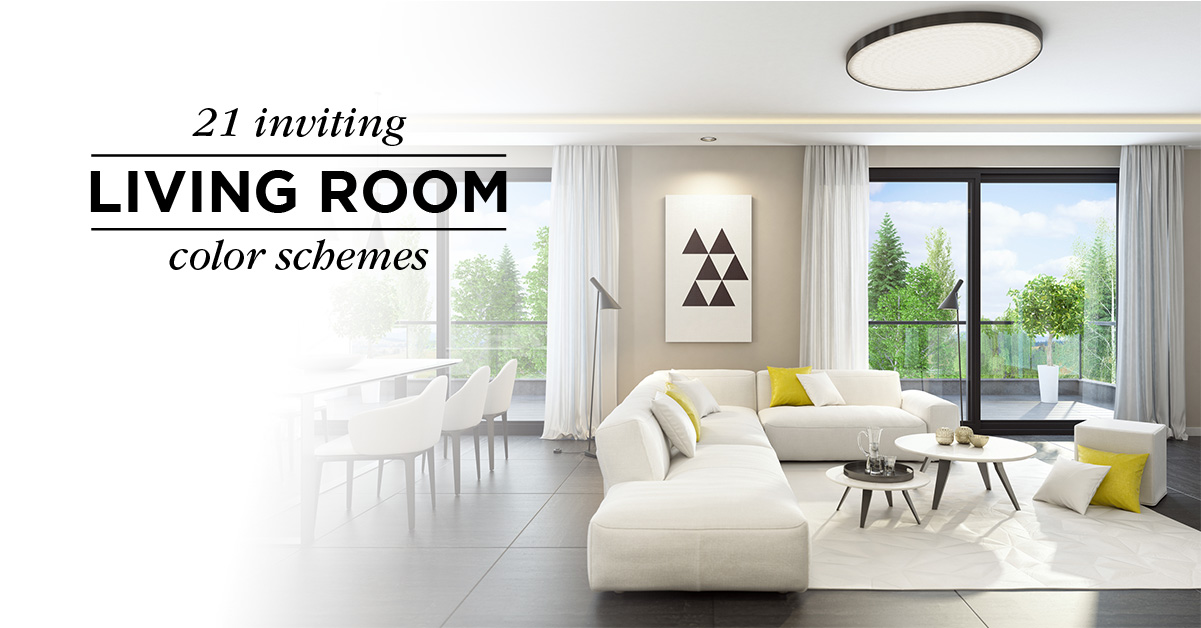

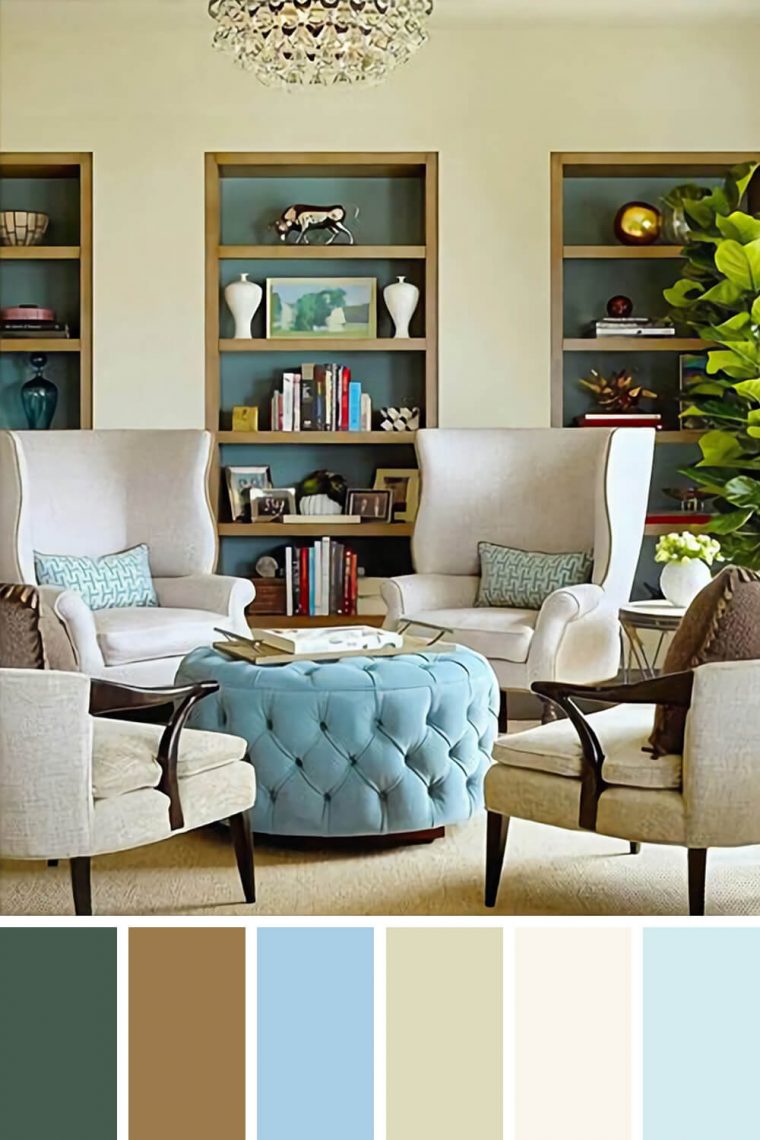
















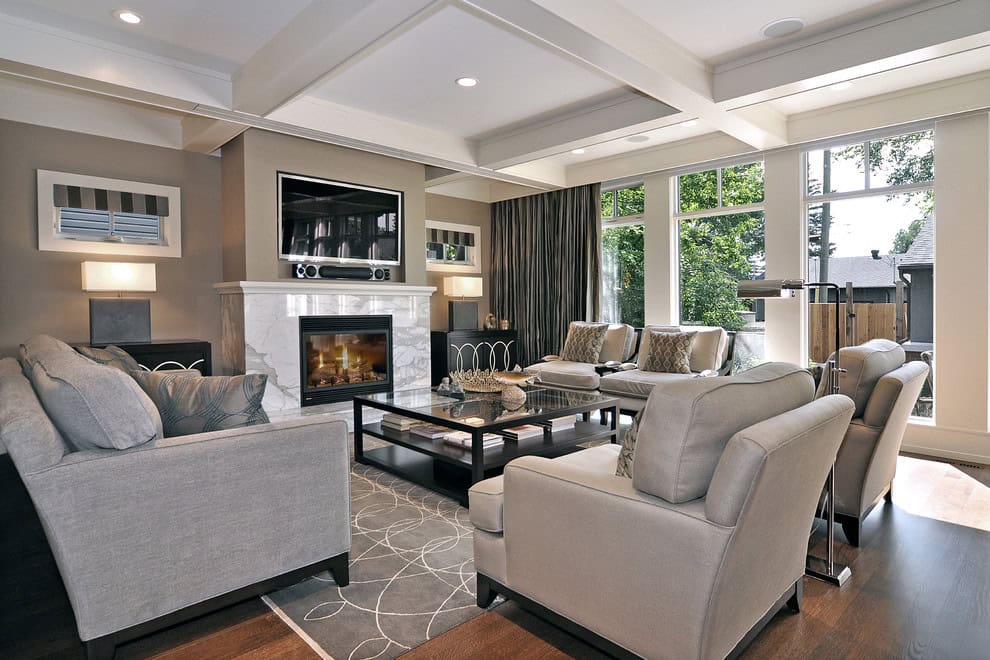

:extract_focal()/https://pocket-syndicated-images.s3.amazonaws.com/articles/5304/1596722483_at_housetours_2019-06_VivY-RhiannonSouthwell_AT_rhiannon_vivyapp-12.jpg)
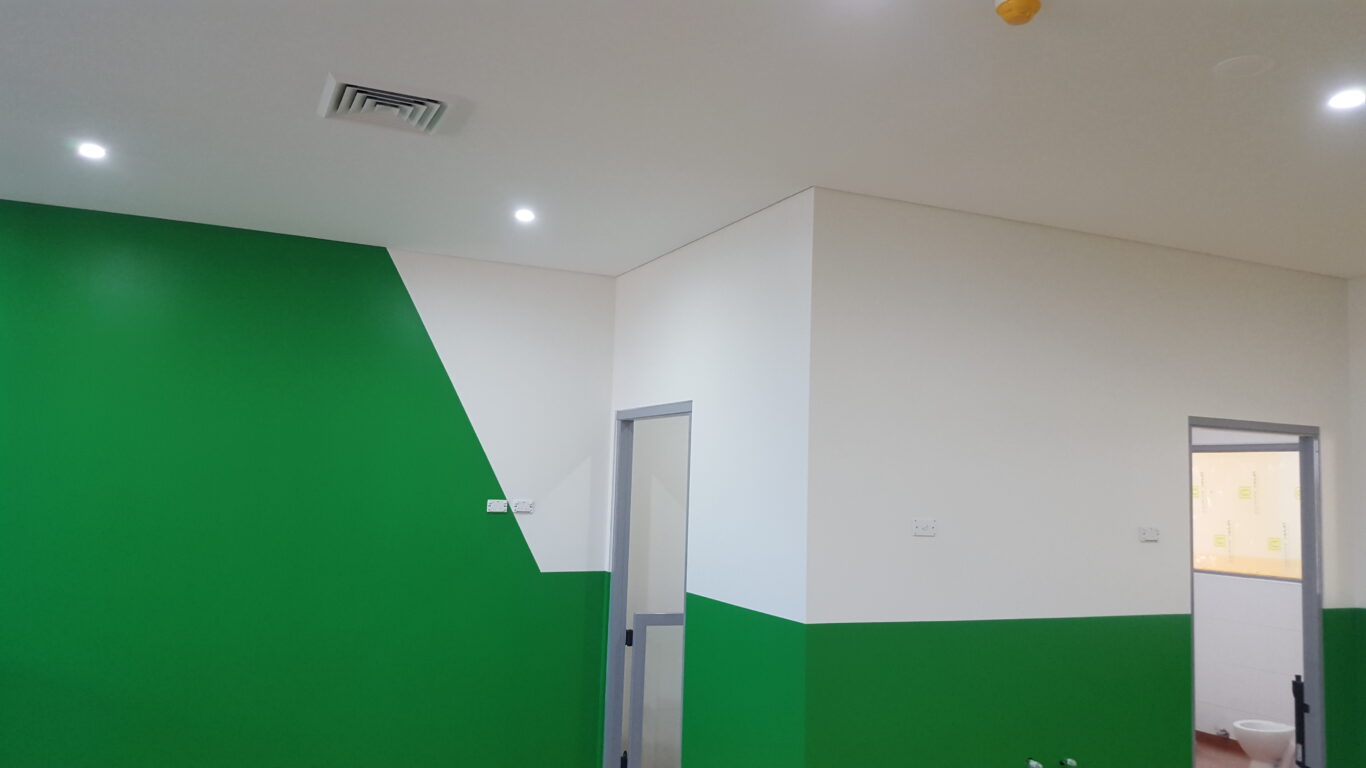






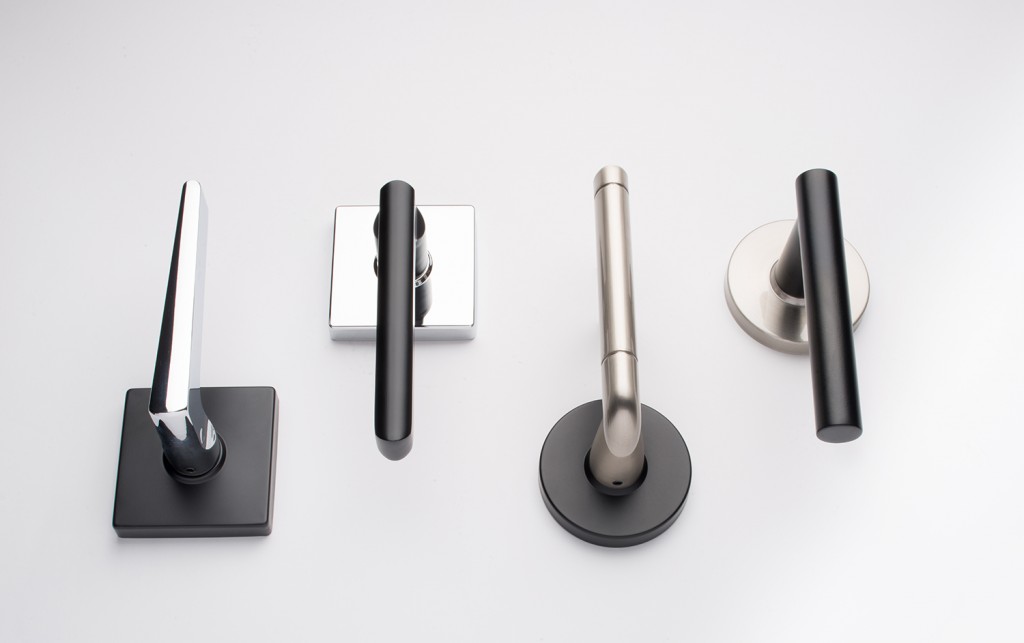

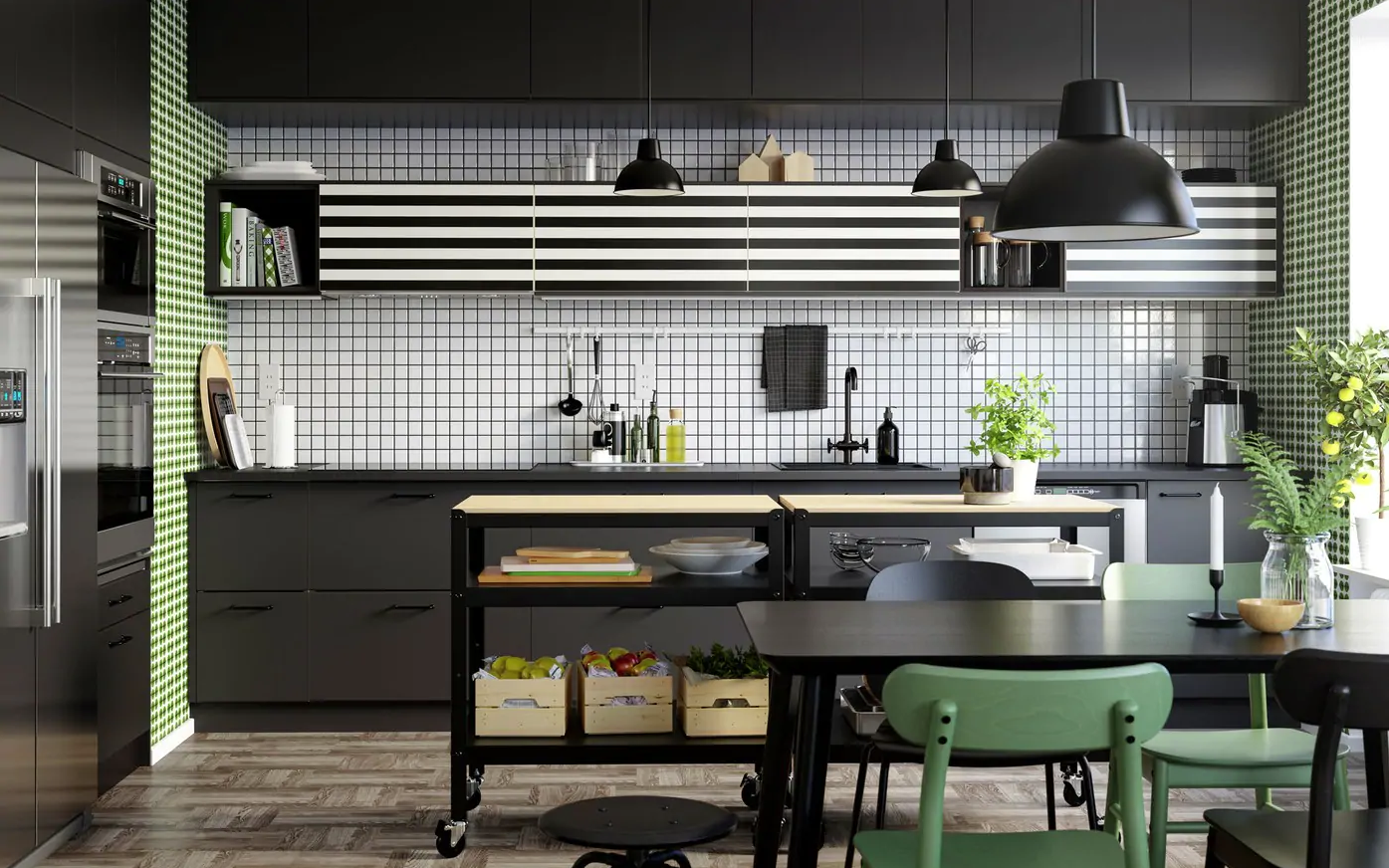


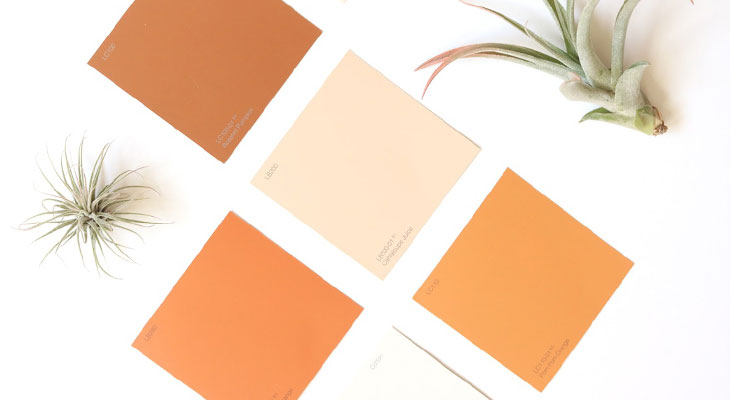



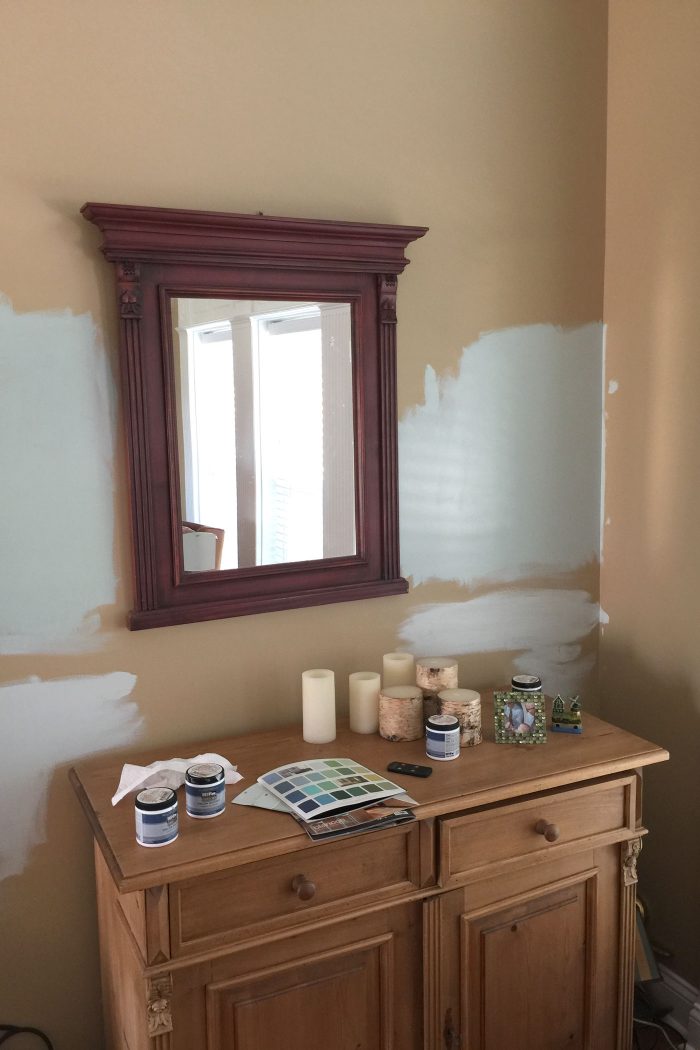


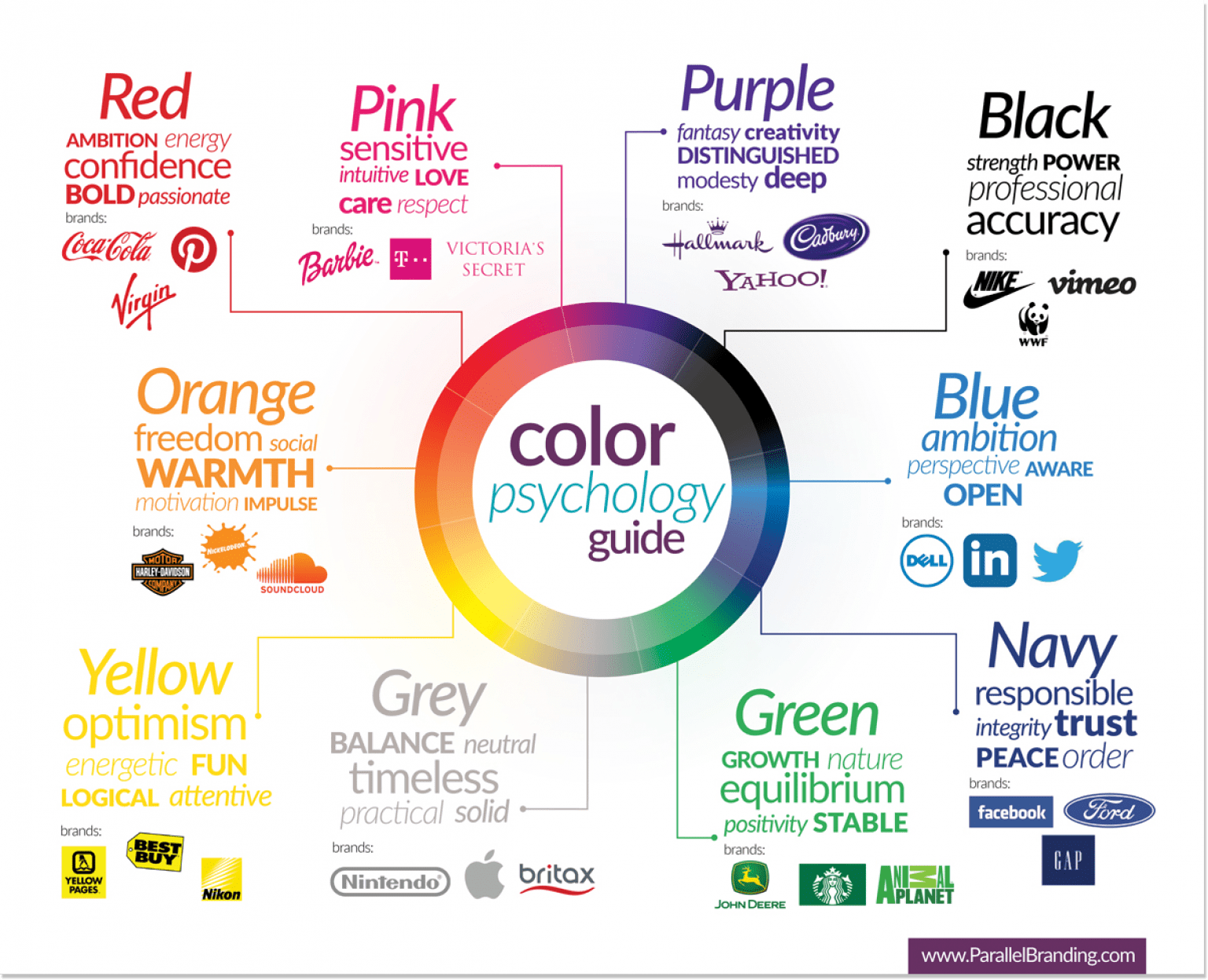
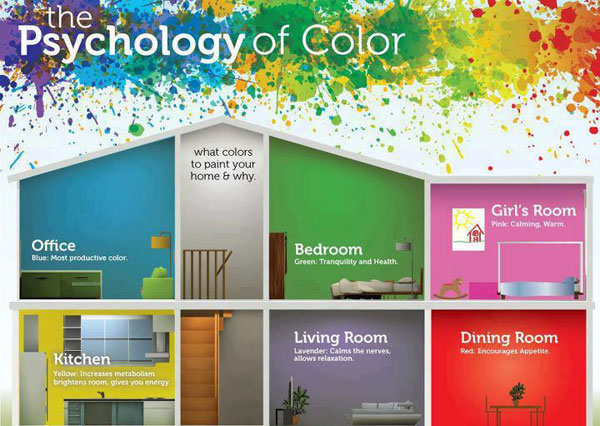
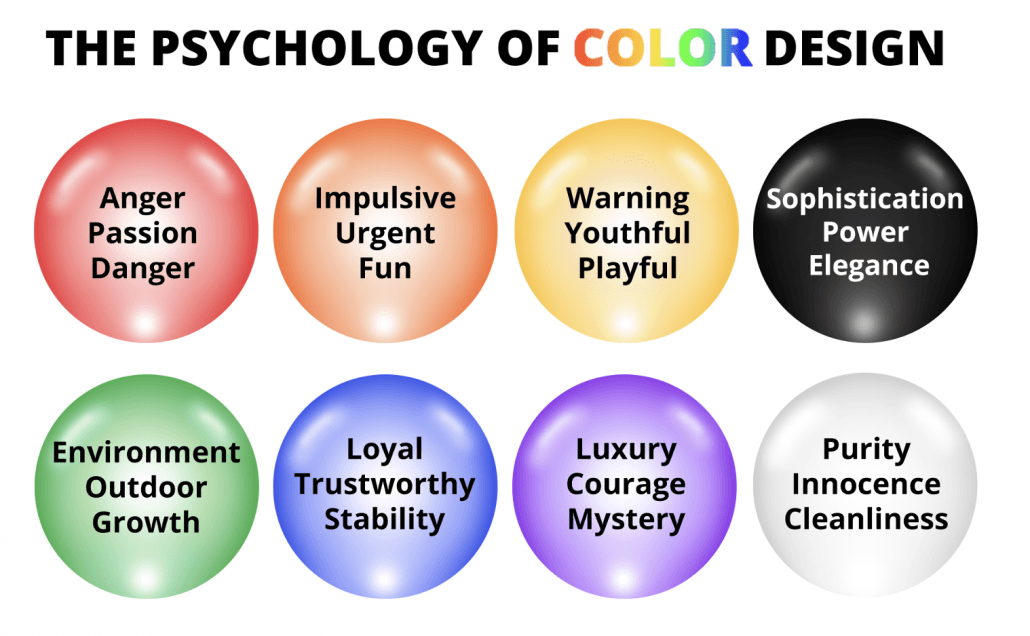

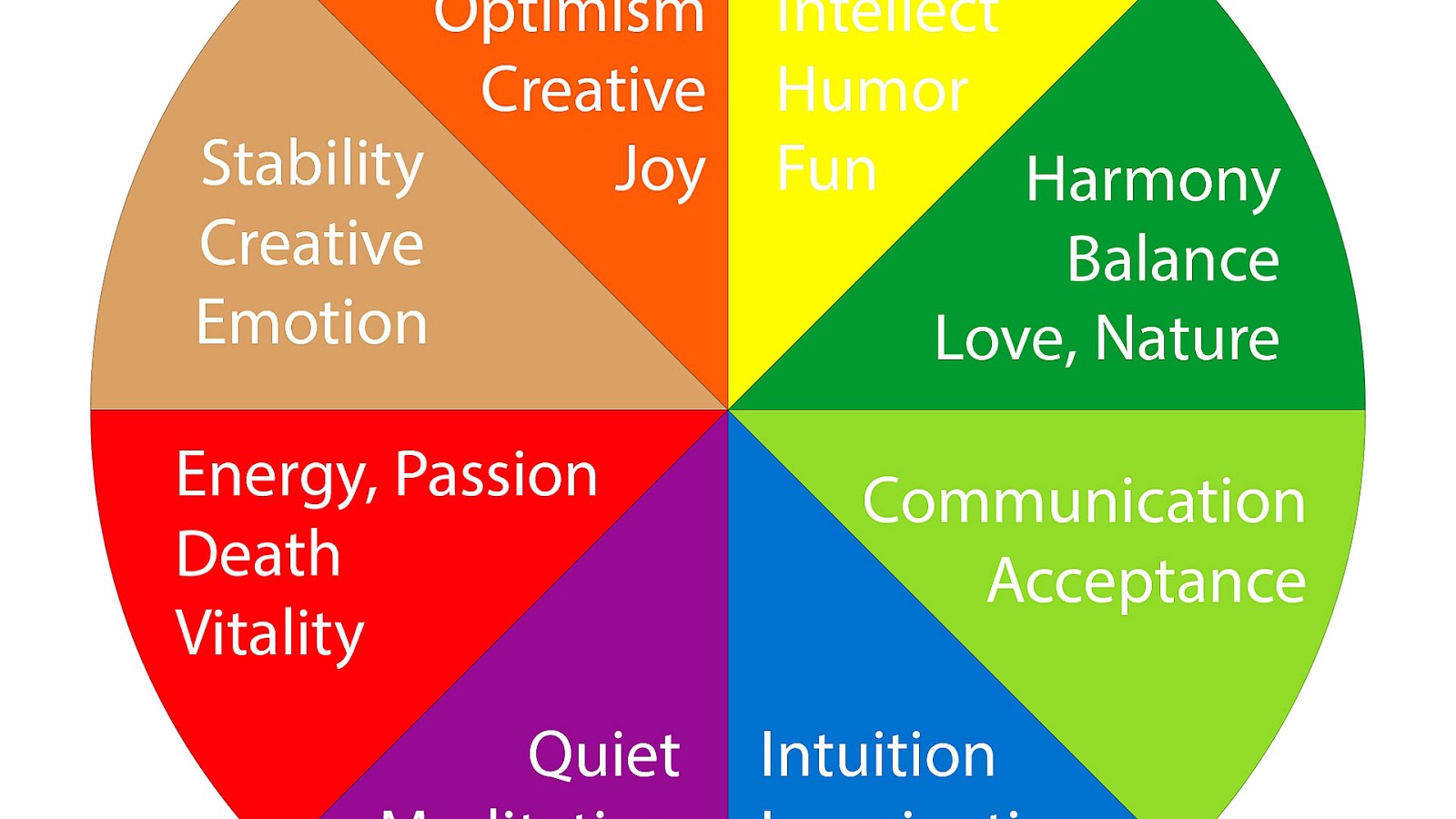



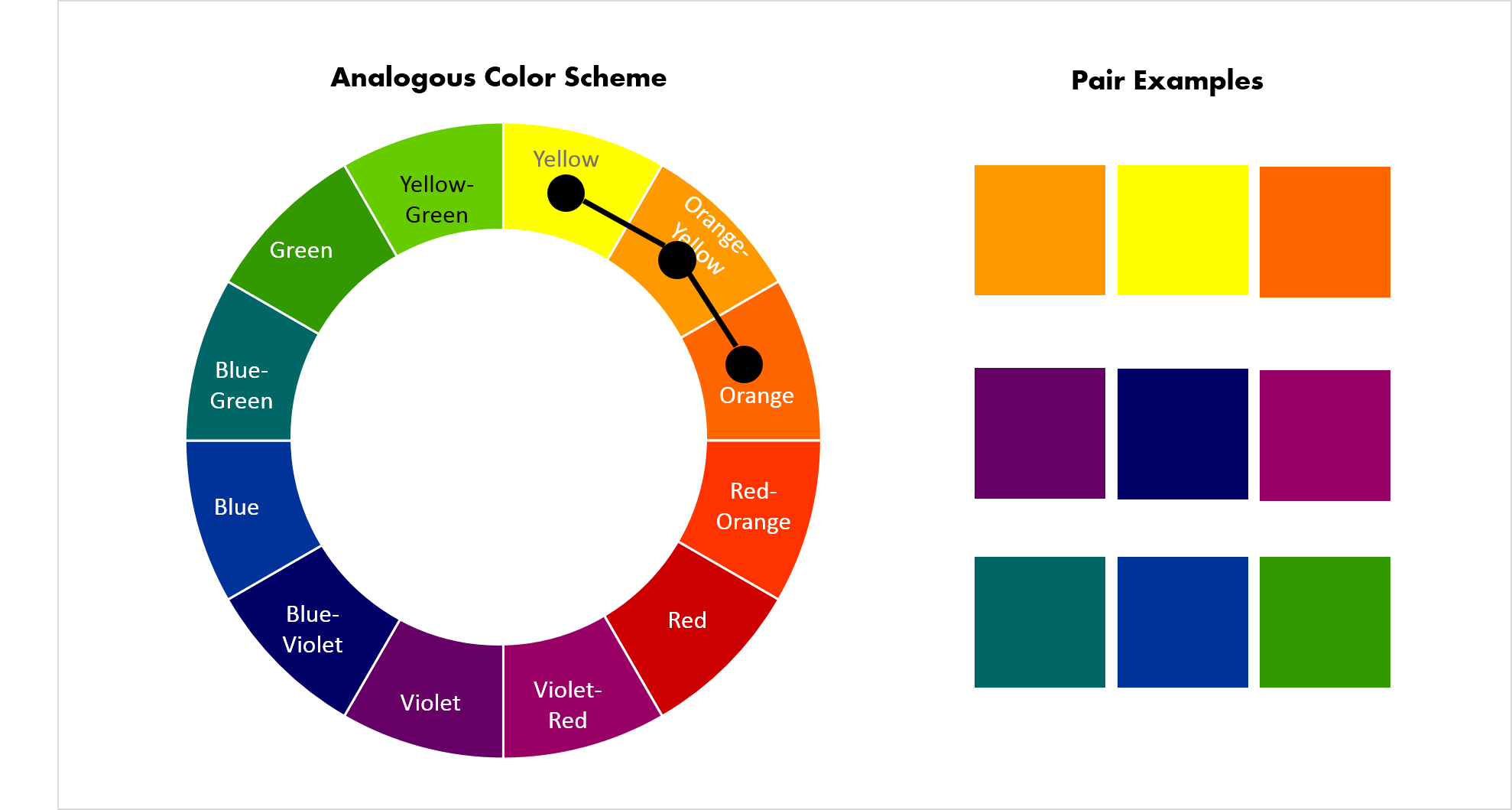

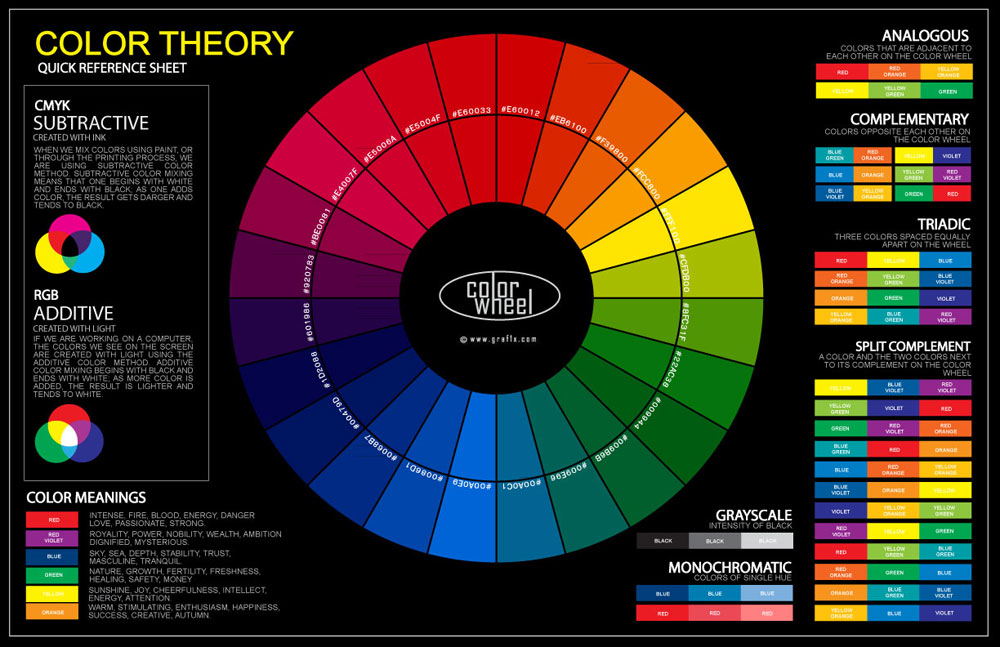

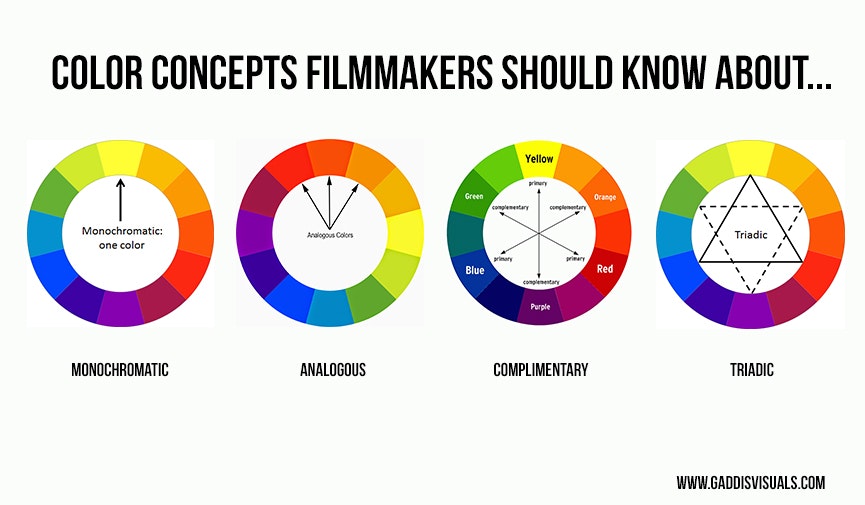

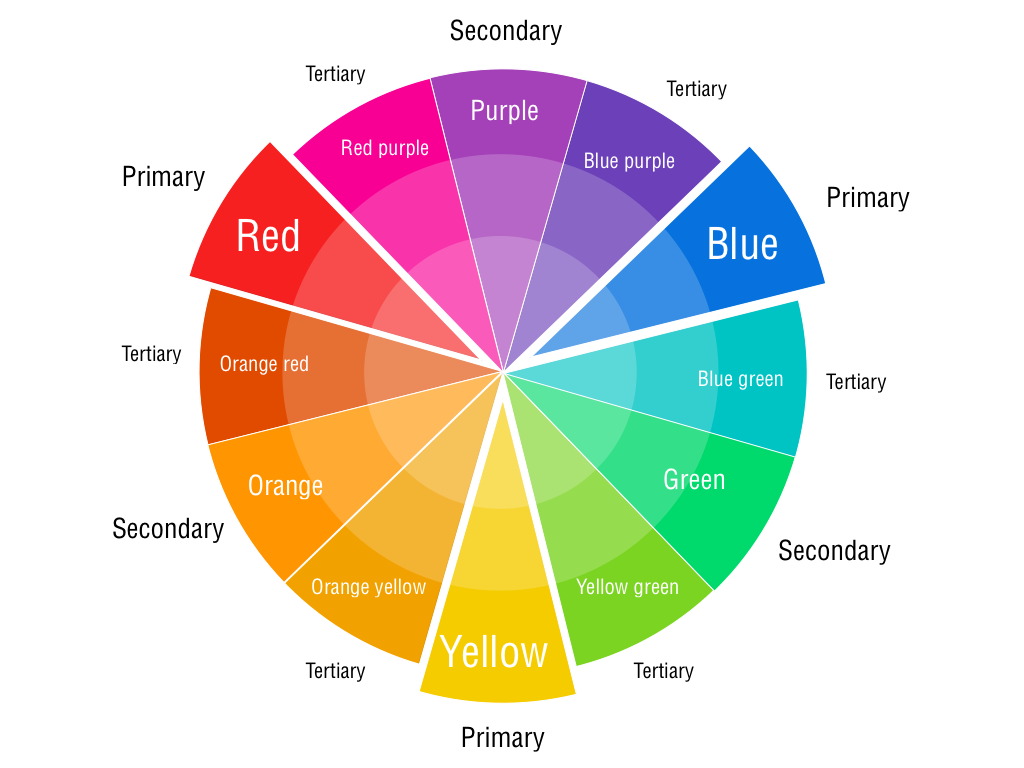

/GettyImages-483184711-5bdde0034cedfd00262d22ac.jpg)




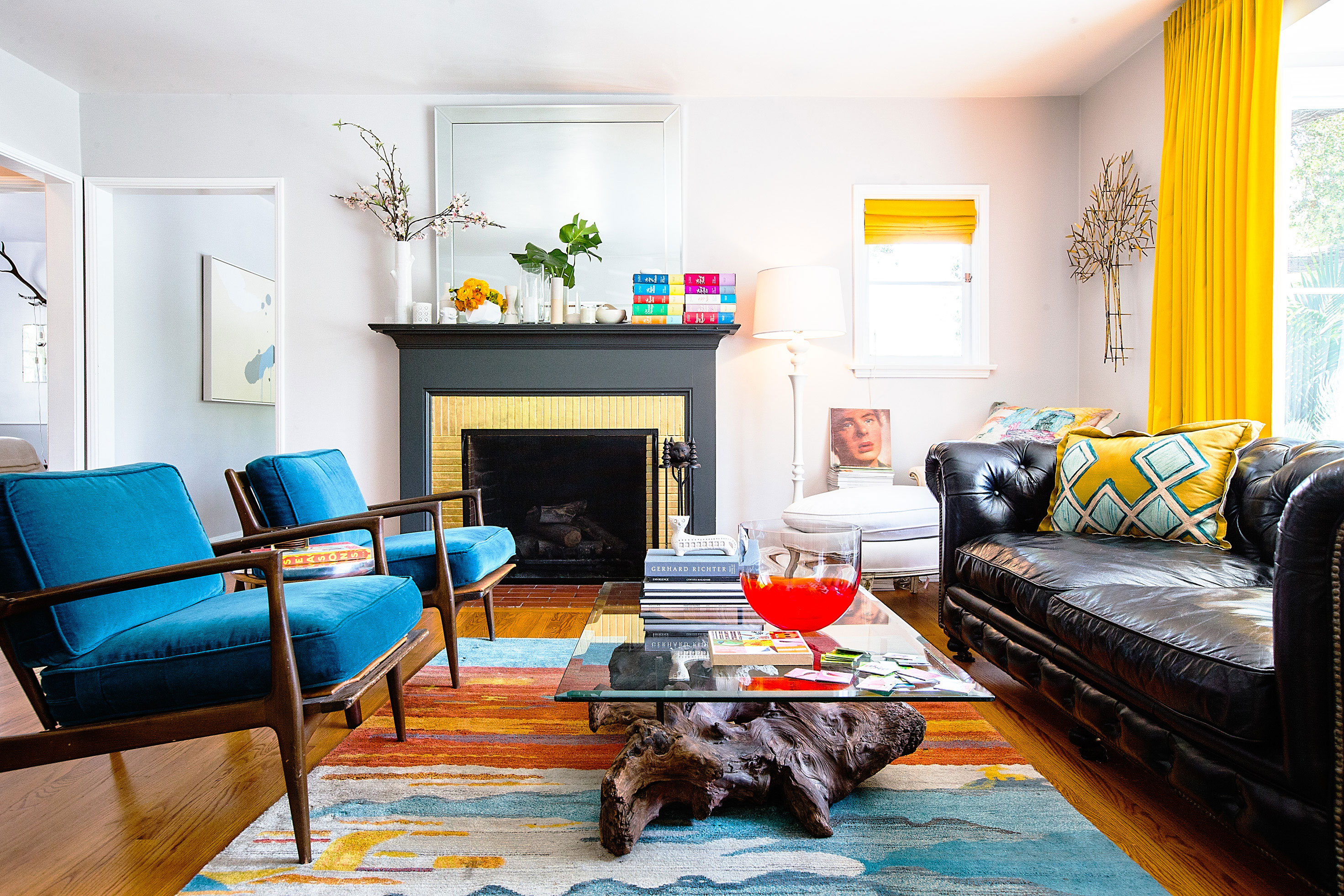



/cdn.vox-cdn.com/uploads/chorus_image/image/52717199/lowengart_green_street_15_10_02.0.jpg)
:max_bytes(150000):strip_icc()/Bright-and-Cheerful-Living-Room-58be0a0c5f9b58af5c6d5276.png)

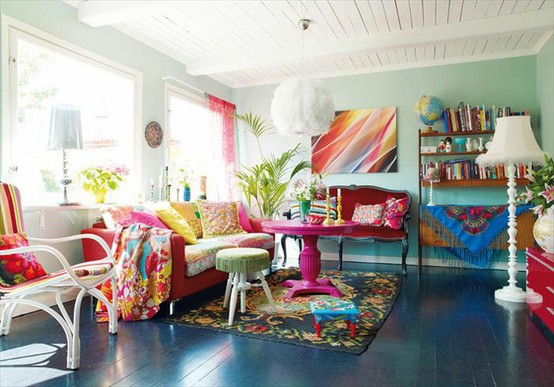
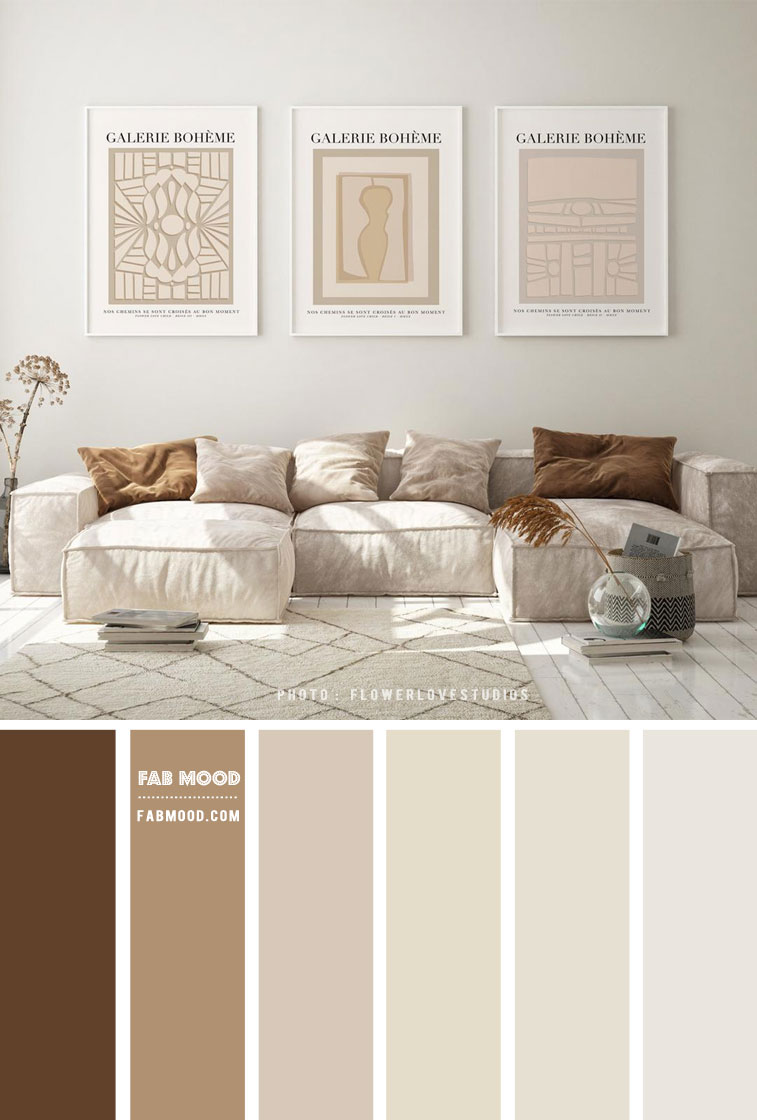


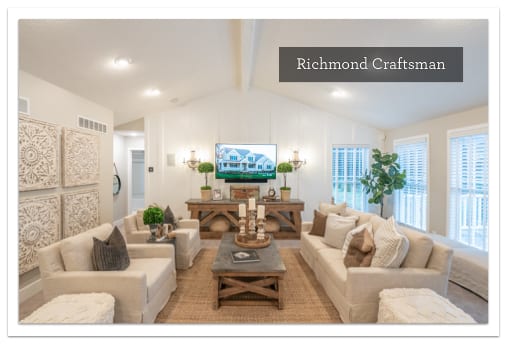
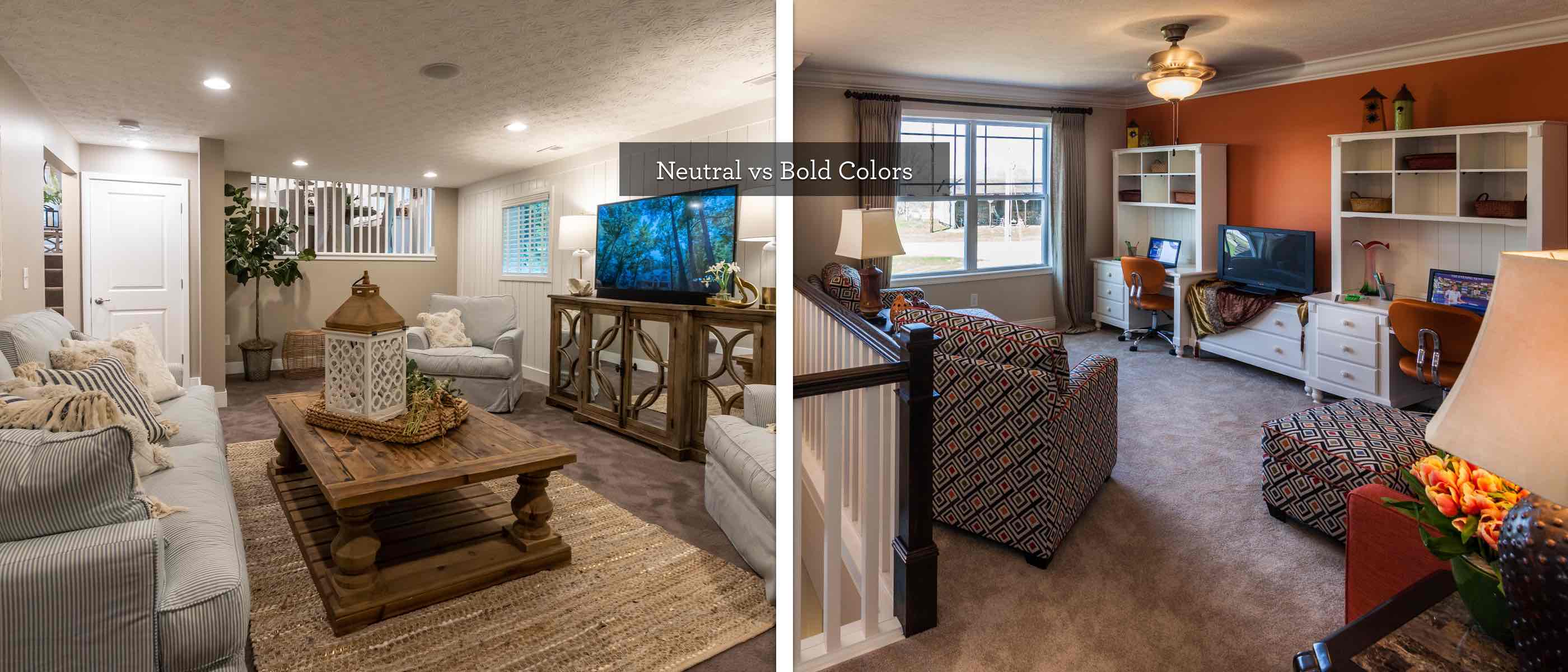



,quality(85)/f/54992/2240x1120/73e8cc900f/minimalist-living-room-shades-dt.png)


